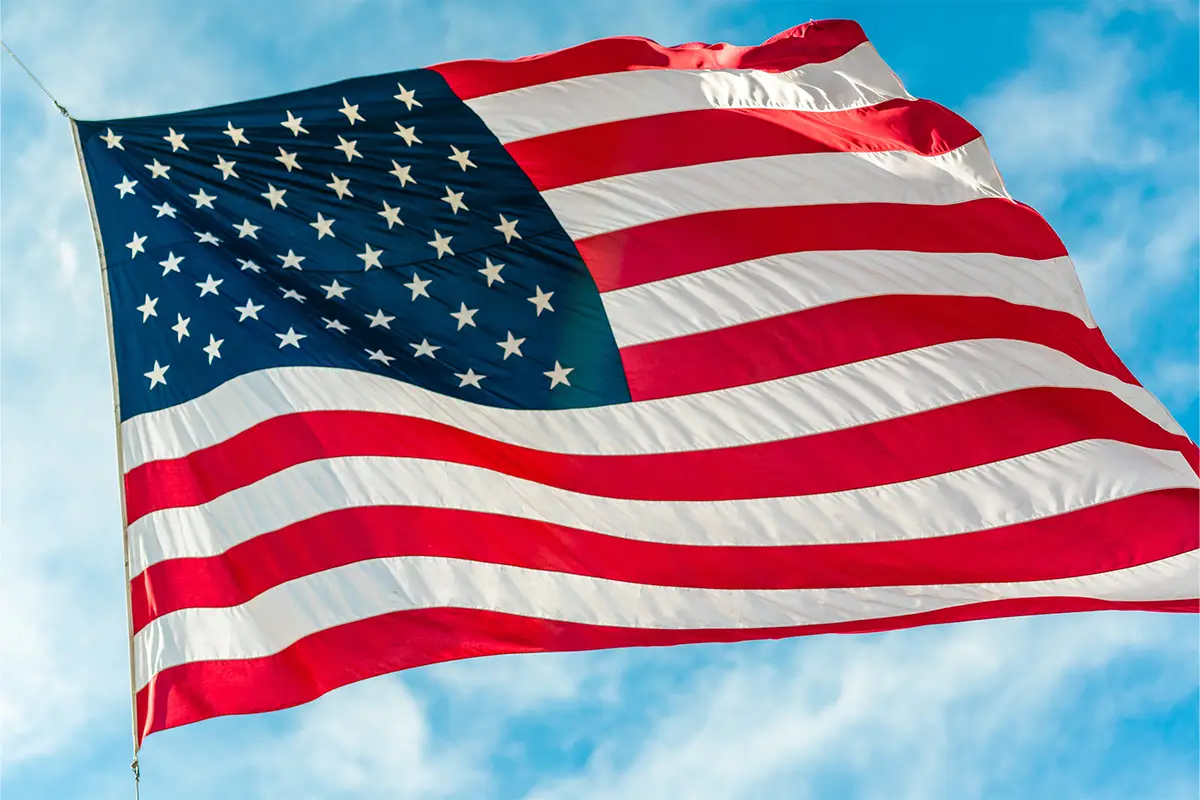Why register your trademark in the US?
Creation of exclusive right
With a trademark registration, you make it clear that you claim the exclusive rights on the trademark in question. In fact, in many countries a trademark registration is an absolute requirement to claim the exclusive right to use your name or logo. In the US, trademark rights can also arise from the use of a trademark, but they apply only in the area and for the products for which there is actual use. Securing the trademark before the market introduction is not possible in this system.
Before commencing use, secure your rights
An intention to use a certain trademark does not create any rights, and that is directly the biggest risk: as long as the trademark is not used, there is, even in the US, no right and it could happen that during the market introduction it turns out that the trademark encounters objections and may not be used.
By registering a trademark, the trademark owner acquires the exclusive right to use that name for the products or services for which it is registered.
A registered trademark can be an obstacle for new trademarks
The United States Patent & Trademark Office (USPTO) actively examines each new trademark application to ensure that older registered trademarks are not being infringed. By registering your trademark, the USPTO acts as a “watchdog” for your rights. A trademark that is too similar and is applied for similar products will simply not be accepted.
A registered trademark creates more opportunities with e-commerce platforms
To take maximum advantage of the advertising and marketing opportunities of platforms such as amazon.com, a trademark can be registered with such a platform, but only if there is a completed trademark registration. This gives you access to all sorts of advertising and marketing tools to get your products in the foreground.
A registered trademark is the best basis to act against copycats
Unlike a claim based on a used trademark, a registered trademark does not require proof of use of the right itself; the registration itself is sufficient.
You can license or pledge a registered trademark
If you do not have your distribution or production in the US, you can give that right to a US company through a license. This allows you to control the terms of use and when the license agreement ends.
Local production in the US
There is expected to be more production and trade in the US through local companies now that import tariffs on European and Chinese products are expected to increase.
Therefore, it is important that you protect your brand in the US in time.
How can you register a trademark in the US?
There are two ways to register a trademark in the US
- Internationally with WIPO, designating the US
For more information: https://www.rise.nl/internationale-merkregistratie/
Advantage of this route: you only have to prove after about 6 years that the trademark is being used for which it has been registered.
Disadvantage: costs are slightly higher than a national trademark - Nationally, directly with the USPTO
Advantage: lower costs
National trademark application in the US
A trademark in the US must be filed on one of the following basis’s:
- Intent to use (USPTO Section §1B).
The applicant declares its intention to use the mark in the US in the future.
After acceptance of the mark (allowance), actual use must be proved within 6 months. This period can be extended to a maximum of 3 years, but if use cannot be proven at that time, the registration cannot be completed. - (Actual) use (USPTO Section §1A).
A trademark application is filed along with a declaration of use, and after the examination is completed and the opposition period has ended, the trademark will be registered. - Foreign registration (USPTO Section 44E).
If the trademark is already registered in the applicant’s home country, (e.g. EU or Benelux), then a trademark application can be filed in the US based on that foreign trademark registration. Proving use is then not part of the registration process. However, use does play a role in maintaining the trademark registration.
Remarks regarding trademark registrations in the US
- Actual use must always be demonstrated: sometimes to obtain a registration, but always to maintain the trademark
- Examination of any prior conflicting rights is an integral part of the application procedure
- Common surnames cannot be registered as trademarks
- Trademarks can be refused because of the existence of similar marks
- It is possible to overcome a refusal by a letter of consent from the owner of the prior mark
- The USPTO has strict classification requirements: vague terms are not allowed
Slight differences between the mark used and the registered mark may result in proof of use not being accepted. - Opposition proceedings in the US are not very common, but if an opposition is filed, you will face high costs and a long, complicated procedure
Our experience with trademarks in the US
Application procedures in the US are complex and can take a long time, because ‘proving use’ plays a role in most procedures and the USPTO also examines prior registered trademarks and refuses in case of a conflict.
The latter is annoying if the mark still needs to be examined, but once the registration procedure is completed, you know you have a solid trademark that will hold up. Moreover, the USPTO will also protect your mark by refusing new similar marks.
By tying the maintenance of registration to actual use, the trademark register is cleared of trademarks that are not actually being used. This prevents ‘pollution’ of the trademark register, which is not the case in Europe.
Currently, the USPTO has a backlog and there is no way to speed up the procedure. For this reason, it is advisable to file an international trademark, because in that case the USPTO must in principle rule on the trademark application within 12 months.
Our advice
Start registering in the US in time, but only if you have concrete plans. After all, you cannot keep a trademark if it is not used.
Because of the specific rules, we do not recommend getting started with a trademark application yourself but always via a legal professional.
As for proving use, only sign documents that are factually correct. Signing a ‘Declaration of Statement of Use for products for which no use exists may result in (partial) loss of the trademark registration.




